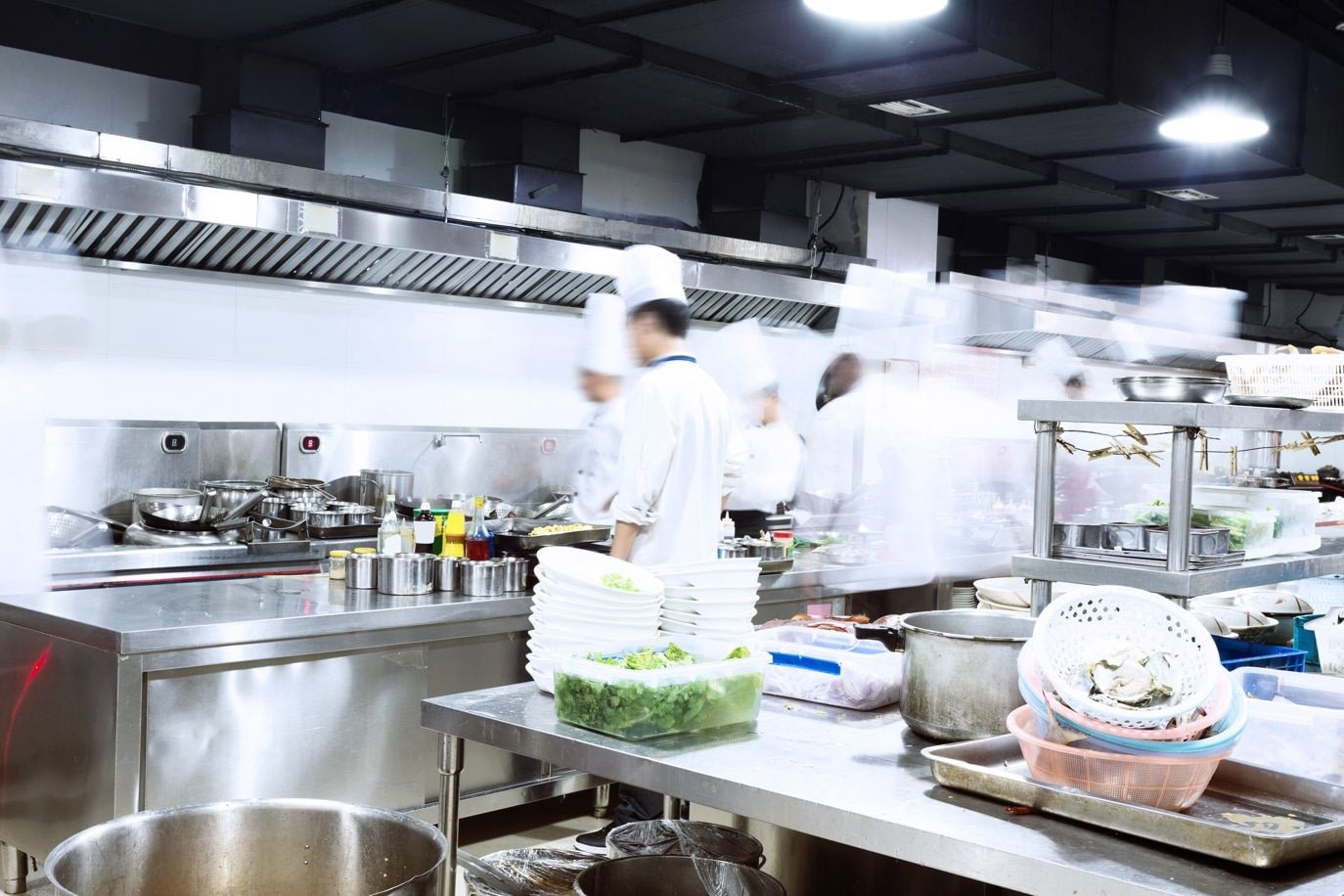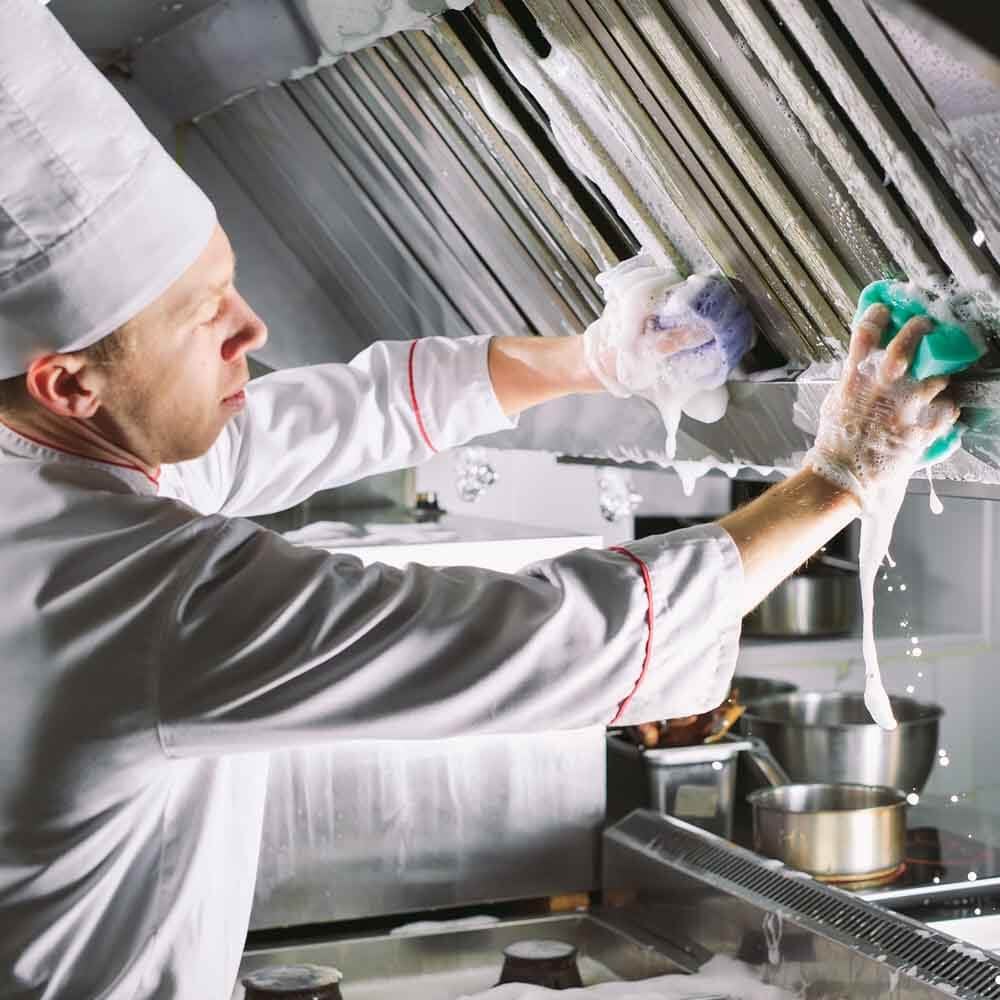When you’re running a professional kitchen, you need the correct tools for the job.
Not only does the right professional kitchen equipment ensure quality and consistency of output, it’s also capable of withstanding the pressures of a busy commercial operation; minimising downtime and delivering savings through increased efficiency and reduced maintenance costs.
But is your kitchen equipment fit for purpose?
But is your kitchen equipment fit for purpose?
Commercial dishwashers
Today’s commercial dishwashers deliver effortlessly clean plates, glasses, and cutlery as needed. However, this professional kitchen workhorse can be a massive guzzler of energy, and with the rising cost of electricity, consumption is key. Packed with energy saving features, the latest generation of commercial dishwashers not only keep you operational, they also prevent your money from literally going down the drain.Commercial refrigerators
Cooling is the single largest consumer of energy in the commercial kitchen and has been identified by the European Union as having a “high potential” for energy savings — as much as 60% in some cases. So, what can you do to ensure your commercial refrigerator isn’t costing you more than it needs to? Well, help is at hand with the recently introduced Minimum Energy Performance Standard (MEPS), designed to rank all refrigeration products on a scale of A-G (with G being the lowest efficiency rating).Check the energy rating of your fridge.
And, don’t forget to consider the placement of your refrigeration unit in your kitchen. In many cases, placing cooling appliances in proximity to a heat source (oven, grill, etc.) can increase energy consumption by up to 30%.Hobs and ranges
Up to 50% more efficient than traditional electric hobs, induction hobs can provide tremendous energy savings. Switching on only when the pan is in contact with the electromagnetic field, and switching off as soon as it is removed, induction technology creates heat inside the pan (rather than under it), saving energy every time you cook. Just as importantly, changes in temperature are instantaneous and precise – giving chefs complete control of the cooking process. While induction hobs may require a higher upfront financial outlay, the system is so efficient that ROI can be achieved in just a few months – while you continue to see month-on-month savings.So, if you haven’t yet invested in induction cooking, now could be the time to do so.
Combi ovens
Offering a mixture of convection, steam, and combination cooking, combi ovens can reduce energy costs by around 50% and cut cooking times by up to a third. What’s more, by drawing in water only when needed for steam, some models remove the need for an integrated boiler, significantly reducing energy costs even further. Providing extra capacity when chefs need it most, combi ovens are the ideal solution for multi-functional cooking, with many of the tools your professional kitchen needs in one appliance. If you know your energy tariff, it should be easy to check the energy consumption of your current oven. Once you’ve done this, compare it to the cost of running the latest combi oven. You may be surprised by the potential savings.Grills
Providing quick heat-up and cooking times, the latest industrial grills use direct heat, with a range of energy saving features such as cast iron interior linings for heat retention, and high-performance burner/elements for flash finishing.Check your grill for its power rating and compare with the latest models to find out how much you can save.
The importance of maintaining your professional kitchen appliances
Ensuring you have the right kit in place is, of course, only half the battle. Preventative maintenance is essential to long-term success, with the expense of calling out an engineer every time you have a problem far exceeding the costs of regular care. But did you know that simply by looking after your kitchen equipment, you can also make day-to-day savings? For example, approximately 50% of commercial refrigeration appliances already have a fault or developing problem. Many display the incorrect temperature leading directly to electricity wastage and food safety implications. However, in many cases maintenance can deliver electricity savings of up to 45%. Not only does preventative care help you to avoid unnecessary downtime, while ensuring the optimum performance of all your mission-critical kitchen apparatus, it also minimises energy consumption – which impacts directly on your bottom line.Similar blogs you may like
Loading...
Why choose brand-new catering equipment over second-hand alternatives?
With budgets always under pressure and cashflow to think about, choosing second-hand equipment for your kitchen can often feel like the sensible option. But when reliability, efficiency and hygiene also matter, brand-new equipment can prove to be the better decision in the long run.
Why a commercial kitchen deep clean is essential for hygiene and compliance
In busy commercial kitchens, cleanliness is always a priority, however even with robust day-to-day cleaning routines, some areas require more intensive attention. Learn about about the benefits of a professional deep clean is required periodically.

